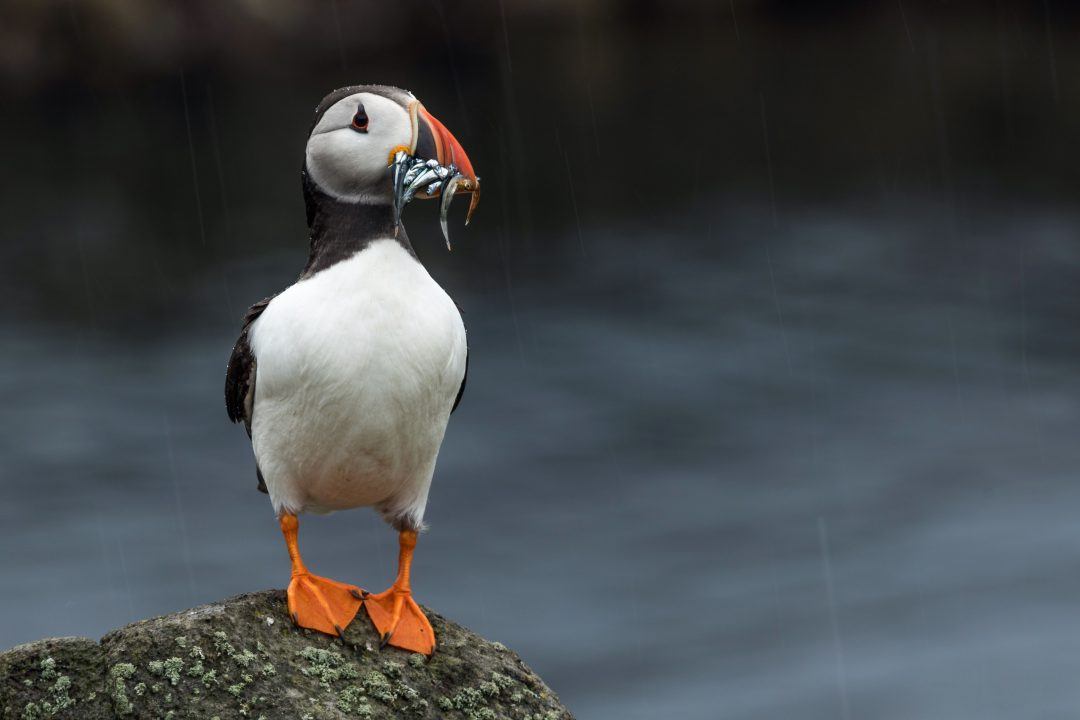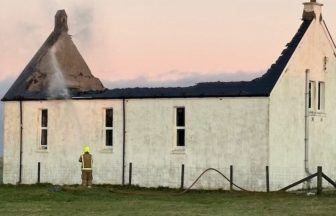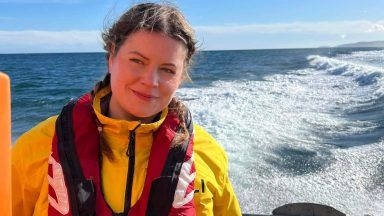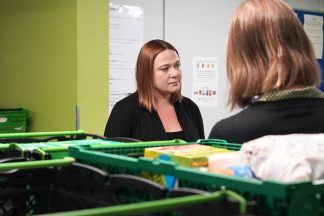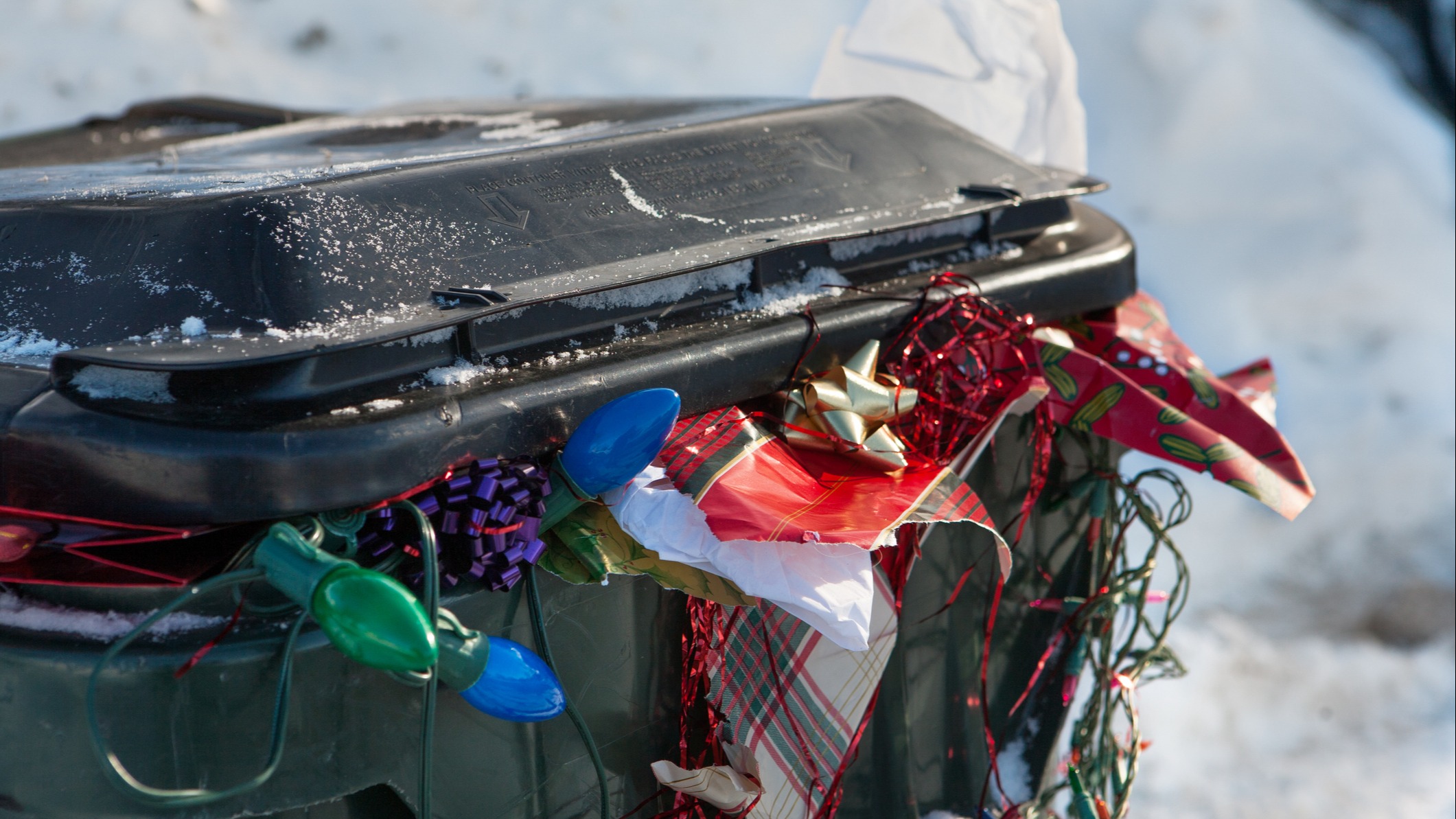It’s hatching time on the Isle of May and for puffin parents life just got extra busy.
The island is full of little pufflings to feed and according to scientists their numbers have grown, with the colony now estimated to have around 52,000 breeding pairs.
David Steel, NatureScot’s Isle of May National Nature Reserve manager said: “It’s fantastic news, a lot is thrown at seabirds, you know we’ve got marine heatwaves, we’ve got climate change of course and bird flu so they’ve had their issues and will continue to do so but on paper we have a lot of puffins and we’re delighted.”
It’s a 33% increase on the last survey that was completed back in 2017 when 39,000 occupied puffin burrows were recorded.
Scientists on the island have spent weeks counting each of their nesting burrows to work out the size of the colony.
Mark Newell from the UK Centre for Ecology and Hydrology is part of the team who undertook the survey.
“It’s a sort of a relatively simple method, counting the holes in the ground,” he said. “But it takes a lot of energy to keep that going, a lot of biscuits and cups of tea and break times.”
For Mark and his team the results are mixed. They’re concerned these latest figures could still be masking a recent decline in the species.
They say harsh winter storms and warming seas remain a threat.
Mr Newell explains: “This increase in numbers of puffins came as a bit of a surprise to us. Each year we follow a small colony of birds that are fitted with coloured identification rings, and the number we have seen has been below average in the last two years.
“There was a period of high breeding success and survival for more than ten years prior to this, and we believe that the population increased substantially after the 2017 count.”
NatureScot’s Isle of May is home to around 100,000 puffins as well as tens of thousands of other birds including shags, guillemots, razor bills and kittiwakes.
UKCEH has been monitoring colonies on the Isle of May for 50 years, and its long-term research has shown that species have struggled with the impacts of climate change.
Mr Newell added: “It’s not easy to be optimistic even when some numbers have been on the up in recent years, there’s always that big nagging doubt that there’s more significant impacts just around the corner.”
Rising ocean temperatures can reduce the availability of puffins’ food sources, particularly sand eels, which affects their survival rates and ability to produce offspring.
Heavy winter storms in recent years have also killed large numbers of birds though luckily there is no evidence that bird flu has had a major impact on the puffins on the Isle of May at least.
The rangers say they will be monitoring the puffins closely through the summer.
“The population is up but of course it doesn’t stop here, we’ve got to go on and protect them this summer and hope that they have a good year, “said David Steel.
“A place like the Isle of May is fully protected as a national nature reserve but it’s what’s out there in the sea. More marine protected areas, to protect exactly what these birds are feeding on, the sand eels, and of course there is a sand eel fishery ban at this time but it’s been challenged which is a big concern.
“We need that ban to remain to protect the health of this population of puffins and other seabirds and hopefully for many future generations.”
Follow STV News on WhatsApp
Scan the QR code on your mobile device for all the latest news from around the country


